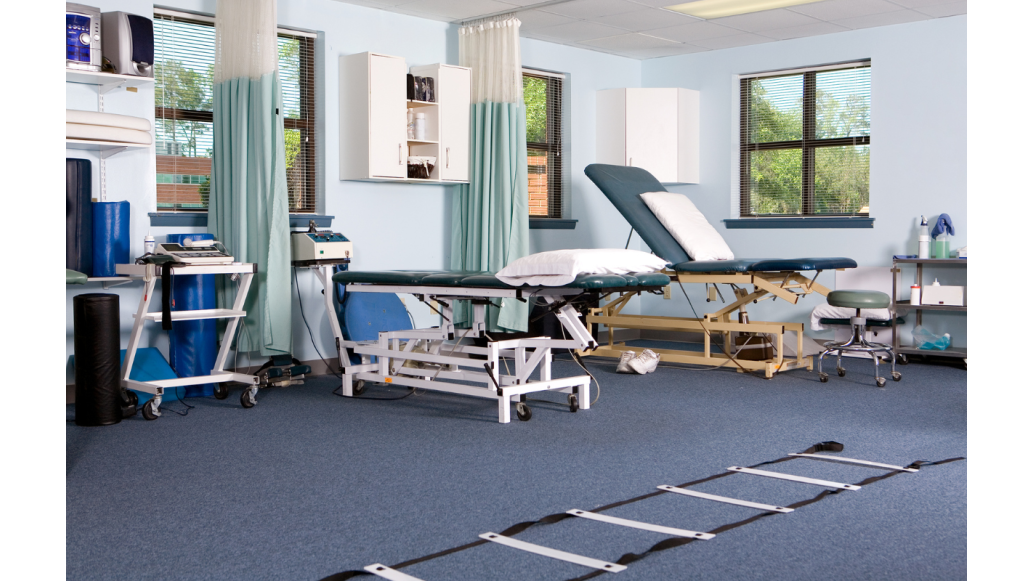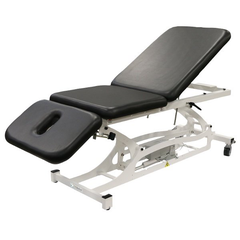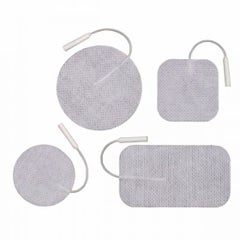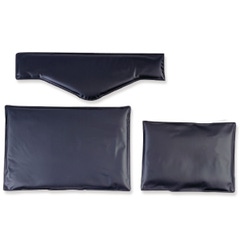Launching your own outpatient physical therapy clinic is both exciting and daunting. As a clinician, you’ve built the skills to help patients recover and thrive – but running a clinic requires additional knowledge in business, operations, and marketing. With the right preparation, you can create a patient-centered practice that delivers excellent care and is positioned for long-term success.
This guide walks through the major steps of starting a PT clinic, with a special focus on the rehab tools, resources, and strategies that support both patient outcomes and business growth.
1. Define Your Practice Model
Your first step is to decide how you want to structure your practice. Will you go solo, bring on a partner, or join forces with other clinicians? With any of these options, consulting legal and financial professionals is recommended.
- Solo proprietorship: You have full independence, but also full responsibility.
- Partnership: Adds financial support and complementary expertise but requires clear agreements.
- Franchise: Join an existing company as a franchise owner, leveraging their brand name and established resources.
You’ll also need to choose your payment model: insurance-based, cash-based, or hybrid. Many practices today offer a combination – accepting insurance while also providing cash-based wellness, performance, or specialty services.
2. Choose the Right Location
Accessibility and visibility matter. Patients should be able to find you easily and feel comfortable walking into your space. When evaluating a site:
- Research local demographics and demand for rehabilitation services.
- Identify referral sources (orthopedic surgeons, sports teams, gyms).
- Compare competitor offerings in your area.
- Consider size carefully – will you start lean and need the ability to expand as needed?
3. Identify Your Niche
Standing out in today’s market often means specializing. Ask yourself:
- Do you want to focus on sports rehabilitation?
- Are women’s health, neurological rehab, or pediatrics your passion?
- Is there an underserved population in your community?
Once you select your niche, you can tailor everything from your clinic branding to your treatment tools to support that specialty.
4. Build Your Financial Plan
Opening a clinic requires upfront investment. Major costs include rent, insurance, staff salaries, and equipment. Prepare realistic revenue projections and research financing options such as SBA loans, healthcare lenders, or private investment.
Tip: Consider including supplemental revenue streams in your plan. Many successful clinics boost cash flow by offering retail sales of rehab essentials, from resistance bands and balance tools to hot/cold therapy products patients can continue using at home.
5. Equip Your Clinic with Essentials
High-quality, evidence-based care starts with the right tools. At minimum, most clinics need:
- Treatment tables & cardio equipment (treadmills, bicycles, ellipticals, steppers)
- Exercise therapy (resistance bands & tubing, weights)
- Balance and proprioception tools (boards, foam pads, stability trainers)
- Modalities (hot/cold therapies, electrodes & electrotherapy units, IASTM tools)
Rather than purchasing everything upfront, start with your specialty’s core equipment and add more as your caseload grows. Leasing or purchasing refurbished items is also an option.
Performance Health makes it easy with professional grade products available in the quantity you need, so you can support in-clinic treatments even with limited storage space.
6. Select the Right Software
Efficient documentation and billing are critical. Consider if the software is PT-specific software and if it includes tools such as:
- EMR and documentation tailored for therapists
- Compliance alerts and audit protection
- Scheduling and appointment reminders
- Insurance claims management
- Patient engagement features (surveys, home exercise program integration)
Streamlined systems can reduce paperwork headaches, improve documentation workflows, and free up more time for patient care.
7. Develop Your Business & Marketing Plan
Your business plan should cover mission, financials, staffing, and marketing. To attract and retain patients, consider:
- Building strong physician referral relationships
- Offering workshops or community screenings
- Creating a digital presence with a website and social media accounts
- Claiming and optimizing business listings on key platforms like Google, Bing and Apple
- Encouraging patient reviews and testimonials
8. Complete Legal & Administrative Steps
Before opening, make sure you’ve:
- Registered your business entity (LLC, PLLC, etc.)
- Secured your Employer Identification Number (EIN)
- Obtained malpractice and liability insurance
- Confirmed all permits, state licenses, and compliance requirements
- Finalized your lease agreement
- Set up payroll, HR, and employment tax systems
These foundational steps protect both you and your patients.
9. Launch & Grow
Once you open, your focus shifts to providing excellent care while running a sustainable business. Monitor:
- Patient outcomes: Use outcome measures to track progress and demonstrate value.
- Financial health: Keep overhead manageable and revisit your projections.
- Patient engagement: Ensure continuity with home exercise products and education.
- Growth opportunities: Add staff, expand services, or open additional locations when demand justifies it.
Final Thoughts
Opening an outpatient clinic is a significant undertaking, but it’s also one of the most rewarding ways to serve your community. By combining strong business planning with the right rehab tools, you can build a practice that empowers patients inside and outside the clinic.
Performance Health is here to support you every step of the way – with the products, education, and resources you need to equip your facility, engage your patients, and grow your business.
More Resources for Clinics
Medical Disclaimer: The information provided on this site, including text, graphics, images, and other material are for informational purposes only and are not intended to substitute for professional medical advice, diagnosis, or treatment. Always seek the advice of your physician or other healthcare professional with any questions or concerns you may have regarding your condition.

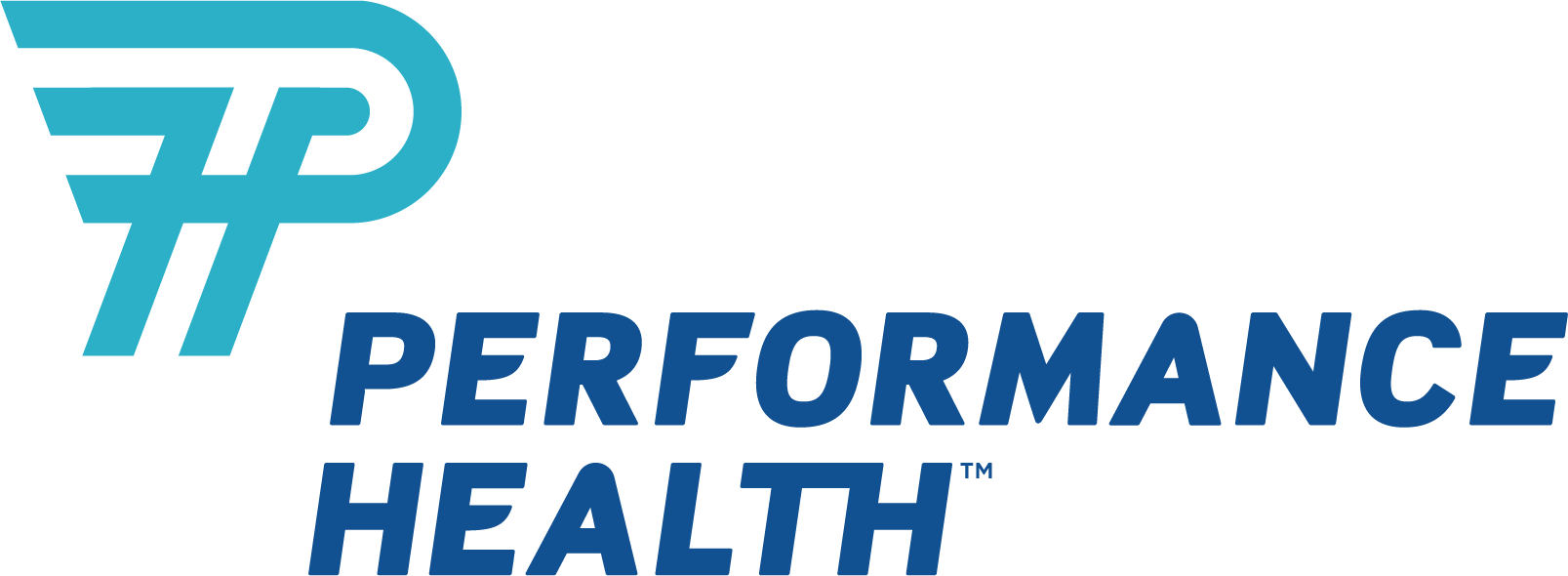






 France
France Australia
Australia